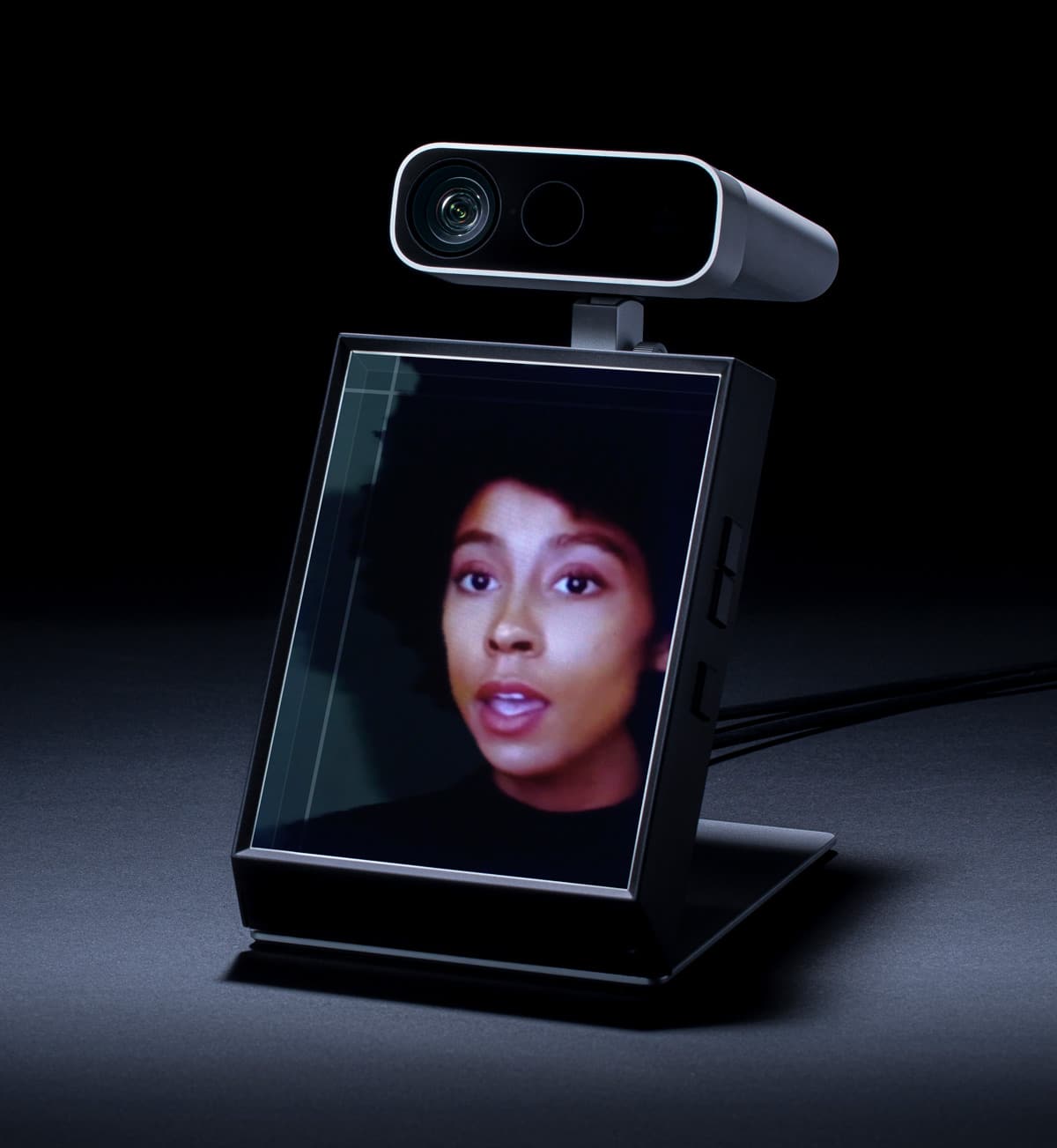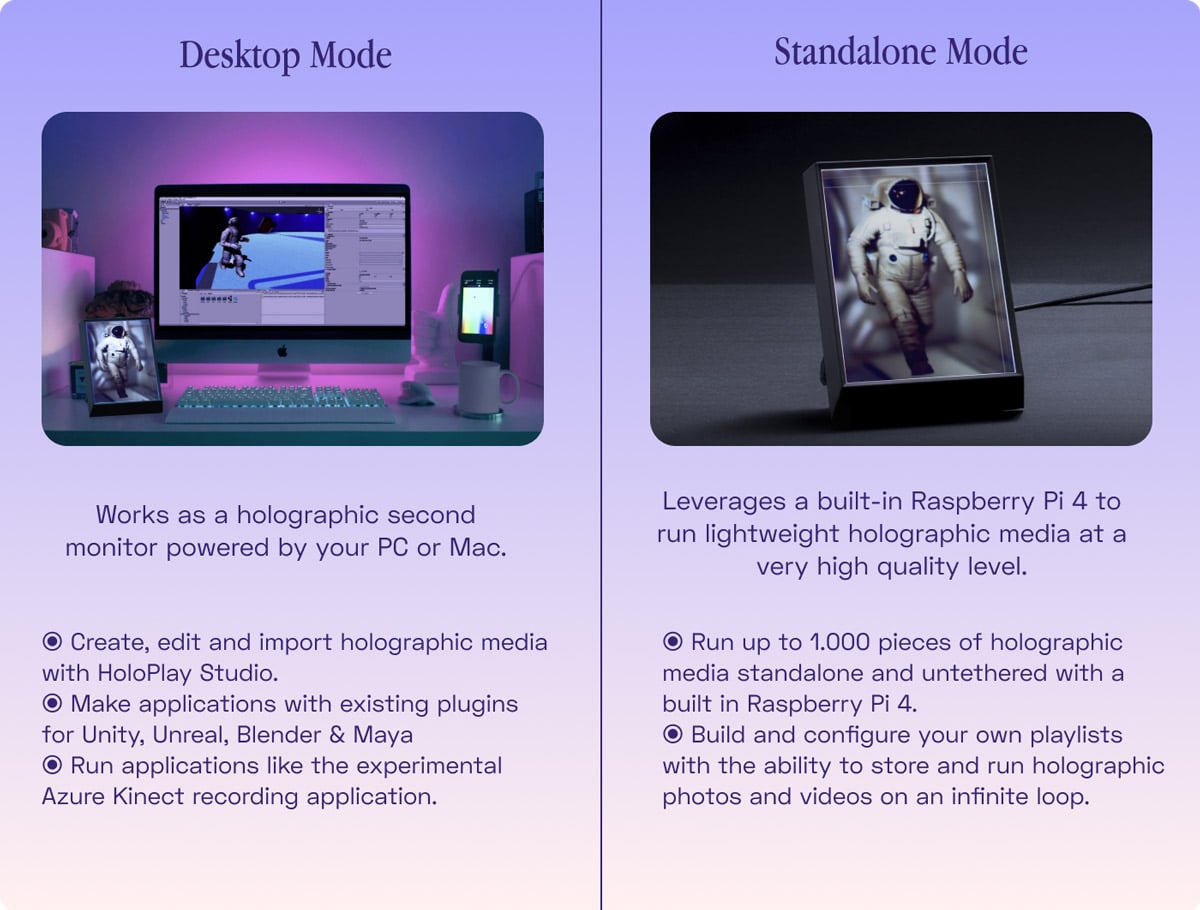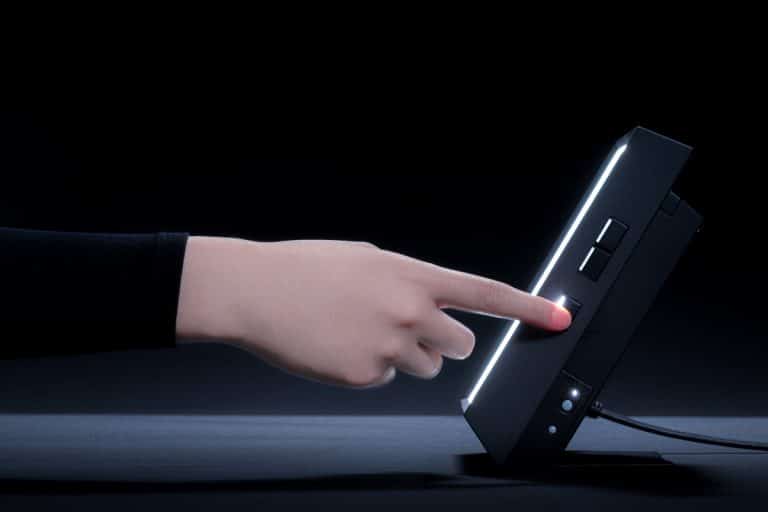Why 2021 could be the year of the hologram
Shawn Frayne thinks 2021 could be a big year for holographic display devices—and not just because he is a leading creator of them.
Earlier this month, his company Looking Glass Factory launched a portrait-sized hologram device on Kickstarter. As of this writing, nearly 7,000 backers have funded the campaign for early access to the headset-free display for 3D photos, videos, and designs. The Looking Glass Portrait aims to make holographic communication more accessible than ever before—it’s the first device Frayne is ready to give his mum. But maybe just as importantly, its release coincides with a time of unprecedented loneliness. After months in lockdown, he thinks many of us will be more eager to explore new forms of connection, even if nothing can quite replace the real thing.
The pieces coming together
Frayne launched his first holographic device on Kickstarter in 2018. This release took years of research and development, and aimed to get the Looking Glass into the hands of developers who could experiment with and improve the technology. Since then, thousands of developers have used the Looking Glass, many creating new applications to use on the hardware.
Those apps will soon be on tens of thousands of Looking Glass devices. Meanwhile, smartphones with depth capture capabilities are becoming more common and more affordable. And Sony has even entered the space—although its $5,000 device only works for a single viewer.
But maybe, more importantly, we’ve all spent more time apart than ever before.
A very lonely year

Make no mistake: Frayne doesn’t think quarantine is fun. “I’m looking forward to being able to be in person with people. I do not want this to drag out for the benefit of holographic display.”
But he does think that if history is any lesson, lockdown is likely to benefit hologram adoption. “When there is some big shift on a worldwide scale, that often comes along with a shift of the main tools that we’re using to create or communicate,” he says. “This happened with television. This happened with movies.” In those cases, people were eager for new forms of communication after wars. Now, he thinks the COVID-19 pandemic is poised to rewire our social habits—it’s already happening.
“There’s been such a shock for a lot of us who are in or peripheral to technology businesses. We’re doing Zooms, like 10 or 12 calls a day, and that has brought to mind how different this experience is, talking with someone as a flat image on your computer all day long. We want to feel as if we’re still there with colleagues and friends and family. So the dream of holographic communication, why that’s valuable, suddenly went from a 30-minutes explanation to taking half a second. The theoretical value is clear in a way that it wasn’t before,” he says.
“I do think that it’s setting the stage—for the next, I don’t know, decades, probably our generation—of how we connect with each other, the thing that comes after 2D Zoom. And it just so happens that exactly at the moment where this desire to have that more super realistic way to chat with someone, at least for some people, coincides exactly with the moment where that’s technologically possible to do.”
The most accessible holograms yet

The Looking Glass Portrait might be the most affordable hologram device out there—the $100 discount offered on the Kickstarter campaign brings the cost down to $250 for early backers.
Looking Glass Factory also bets this is the easiest to use. Though their first hologram display was offered as more of a dev kit for professional developers and hardcore hobbyists to push the limits of interactive character design and volumetric video, Looking Glass Portrait has plug-and-play features like 3D headshots that don’t require much more than a computer and a phone.
“The Looking Glass Portrait is the first system that actually has a way for folks to record and send video messages to each other,” Frayne says. “Up until now, you’ve needed to be a Unity developer. But now it’s possible to do with a few clicks and with a depth camera or with some of the fancier phones.” Frayne is careful to caveat the Looking Glass Portrait is not yet for everyone—“it’s for the crowd that wants to be at the very, very leading edge”—but this is the first of his many holographic display iterations he’s giving his mum.
And more features are on the way soon. “There’s a lot of folks who are actually already doing real-time communication with the prior generation of Looking Glass,” Frayne says, “and I know they’re all excited about this next generation because of how many more units are going to be out there. We’re not giving a plugin to Zoom out of the box, but developers can build the communication layer, and we expect that is going to happen probably in the first six months of 2021. And if there are great applications, then we hope that they’ll make them available to everyone.”
“We’re only able to stay in the lead really through the support of the community that got behind this project, that’s going to be building next-generation applications,” Frayne says. “And I think that’s exciting.”
The Looking Glass Portrait is live on Kickstarter through January 15, 2021.





